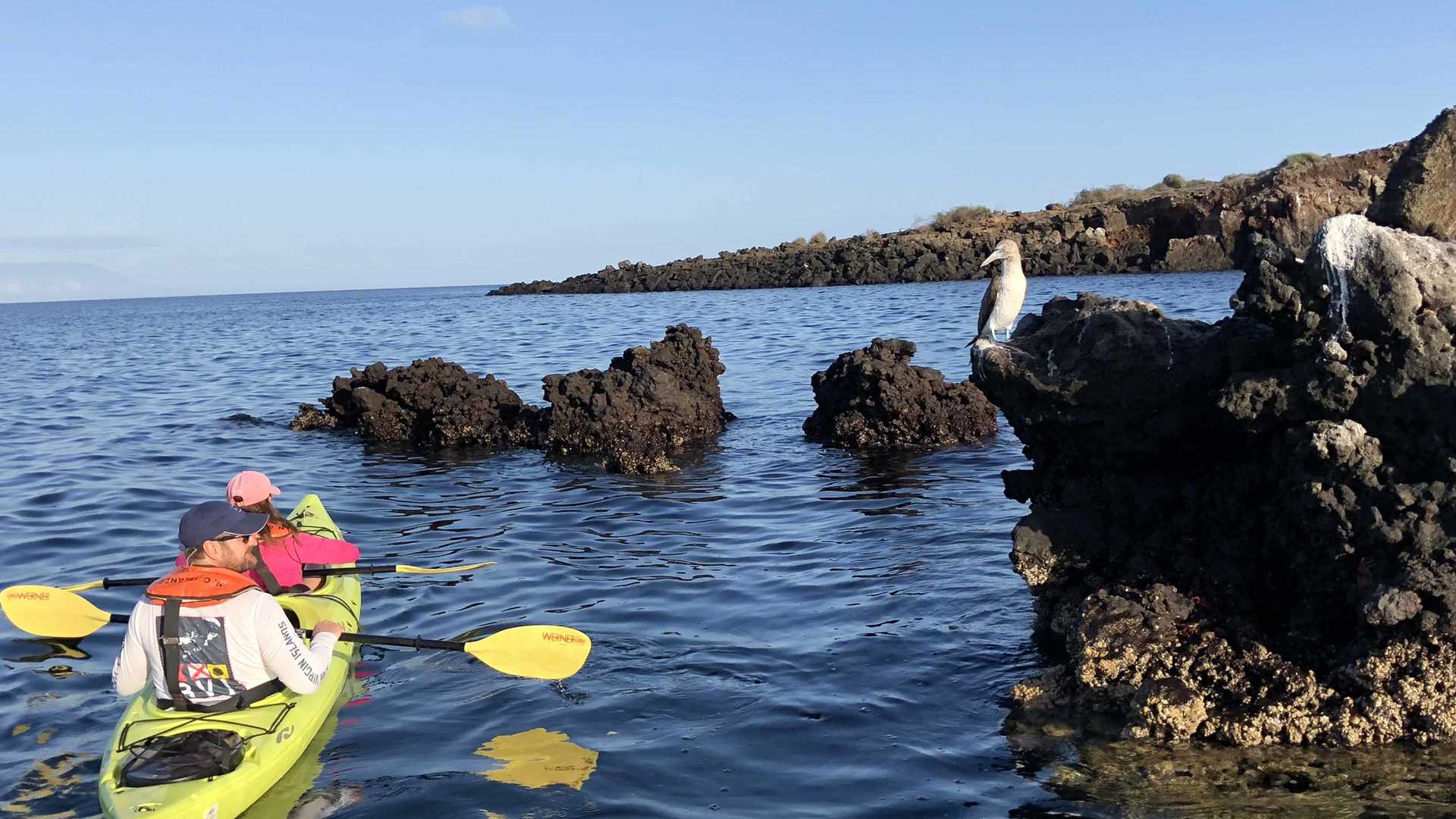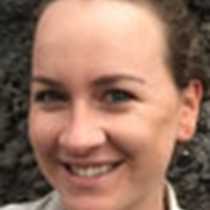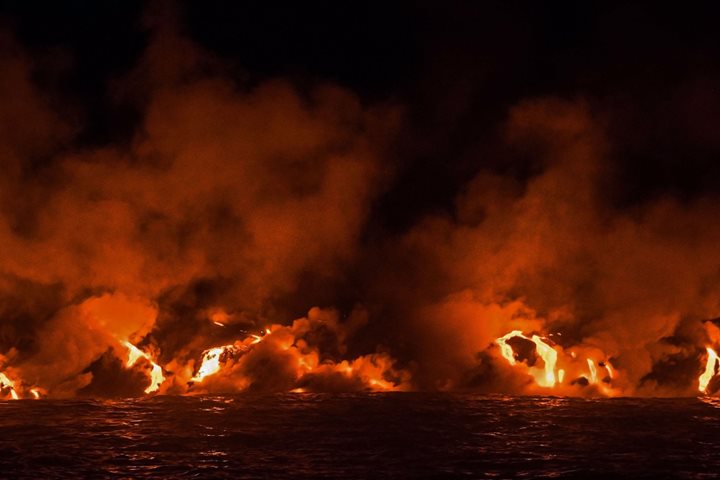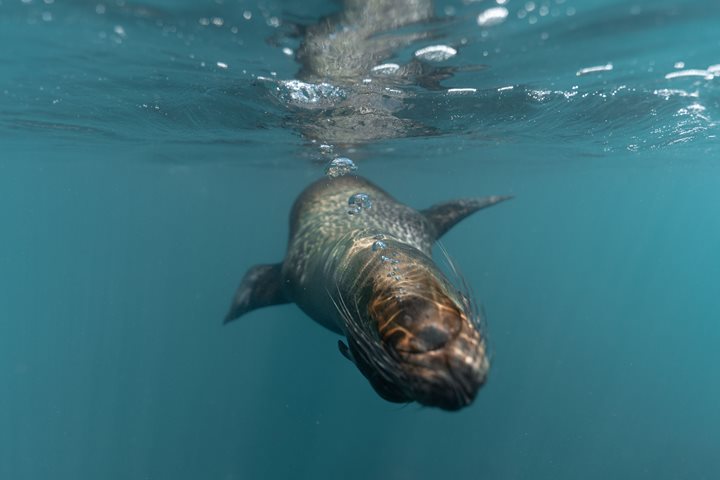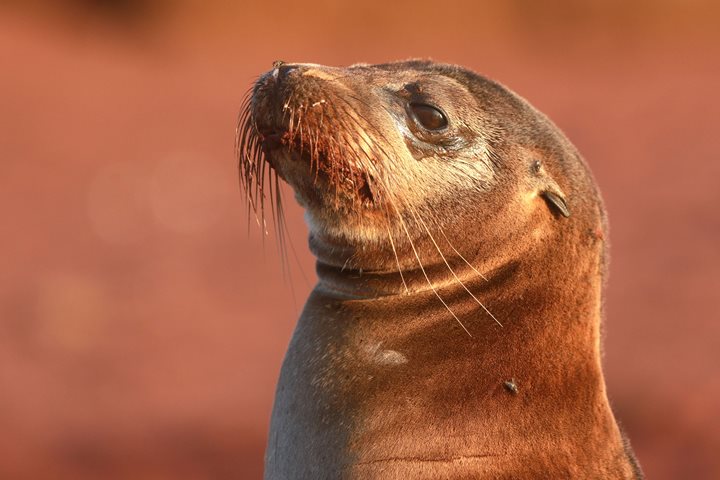Today our guests on the the National Geographic Islander woke up early in the morning to start our pre-breakfast activities around Santiago Island. Hiking or kayaking were our options to start this magical and refreshing morning. The ocean conditions invited us to not miss our last opportunity to snorkel in the crystal waters filled with marine life. During this activity we saw white tipped reef sharks, sea lions, and we also went into a small cave where there was no room for our fears. It was a unique experience. In the afternoon, Galapagos was still offering us perfect conditions to practice our photography. Sunset was forthcoming and we were on our way to enjoy Puerto Egas, where the sunlight and the breeze of the ocean gave us the chance to have a nice, fresh walk to finish our journey.
- Daily Expedition Reports
- 08 Feb 2018
Santiago, 2/8/2018, National Geographic Islander
- Aboard the National Geographic Islander
- Galápagos
Ixora Berdonces, Naturalist
Ixora was born in the Galapagos Islands, back when the streets were made of sand and gravel. Void of TV and tablets, her childhood friends and pristine natural surroundings made for an inspiring upbringing. She was always drawn to the ocean and her l...
Read MoreShare Report
Related Reports
11/23/2022
Read
National Geographic Islander II
Isabela and Fernandina
Our day began with the chance to point out a lot of interesting geological features as we enjoyed Zodiac tours along a massive flank of Ecuador Volcano on Punta Vicente Roca. In the afternoon, we took a sunny walk on Punta Espinoza on Fernandina Island. We spotted many iguanas, and a bunch of sea lions hanging around, too.
11/22/2022
Read
National Geographic Islander II
North Seymour & Rabida Islands
Relatively small and low compared to neighboring Santa Cruz, North Seymour is located to the north of Baltra. The island is dry with predominantly low shrubs, like prickly pear cacti. The incense trees are bare during the dry season. Seabirds like frigatebirds and blue-footed boobies nest on the island, and sea lions rest on the sand when they are not fishing. Land and marine iguanas also live here. Rabida is in the middle of the archipelago and has a striking red sand beach. We observed a small colony of sea lions of all ages resting or nursing. Behind the beach, American flamingos nest in a brackish lagoon. This island is full of contrasts and wildlife that we enjoyed observing during this day of expedition.

